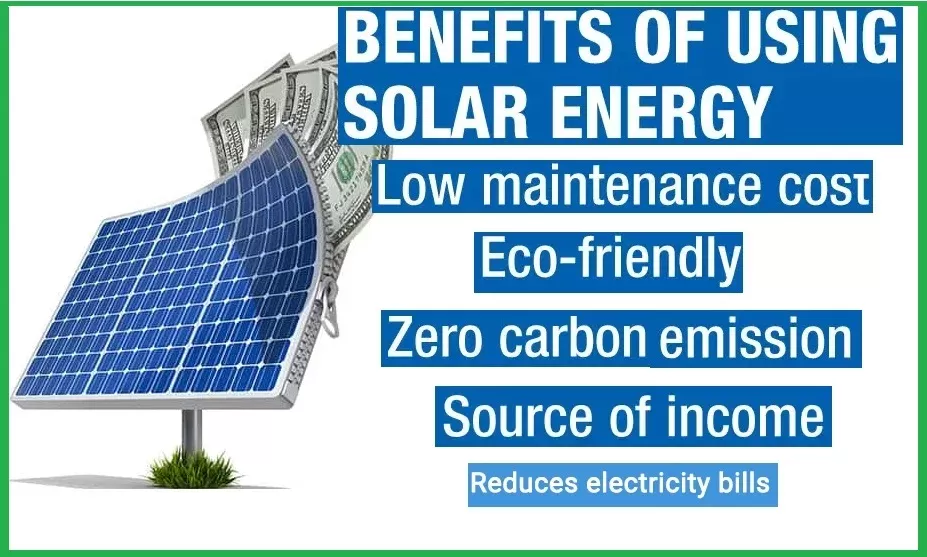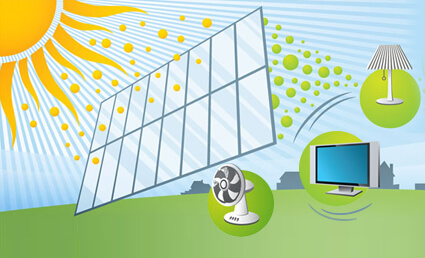What Is the Proper Way to Read Your Electric Bill?

While reading your power bill may not appear difficult, if you're like most Australians, you may be making many blunders. Your bill's complexity will vary depending on your location and utility, but there are certain basic components that everyone should grasp. If you're seeking bill assistance, here are the top five things to know about effectively reading and interpreting your electric bill, with examples from my own.
Determine the Bill You're Viewing as Well as Your Billing System.
Your power bill typically covers three months or a quarter, making four bills per year - so know what you're looking at! Electricity consumption is measured in kilowatt-hours (kWh).
Understand Your Quarterly Billing Plan.
This is an important step: are you on a budget billing plan? Or are you being charged a monthly fee for your usage? If you have a monthly budget billing plan, your utility takes the number of kWh you used last year and predicts you'll spend roughly the same this year to calculate a monthly average for you to pay. This permits your utility to stretch out your overall power bills over the course of the year. As a result, if you reside in a hot section of the country and use power to run your air conditioner, you'll have a smaller cost than your neighbors who are on a regular billing cycle during the summer months. However, during the winter, you should expect a greater cost than your neighbors based on the same usage of power.
Understand Your Fee Breakdown.
Your energy bill contains a number of charges. Your payment is not only for the electricity you use, but also for assisting the utility in maintaining the grid and paying its employees' salaries. Your energy bill is divided into two parts: a supply (or generation) charge and a transmission and distribution (or delivery) charge. The supply charge covers the cost of generating electricity, whilst the transmission and distribution charges cover the costs of transporting electricity to you.
Also keep an eye out for charges linked to taxes, levies, renewable energy, and energy efficiency. As we now live in a deregulated energy market, you may be able to shop for a different supplier who may give you the electricity you require at a lower cost.
Understand Your Monthly Electricity Consumption.
It's also vital to make sure you're calculating the amount of electricity you use each month correctly: many invoices may break out your daily usage or show you how your monthly usage develops over the course of the year. Make sure you're measuring and assessing your consumption for your current payment cycle - most consumers will do so quarterly. Don't get a daily rate mixed up with a quarterly rate!
While my bill is very basic in terms of understanding electricity consumption and utilizing that to compute expenses, it can be a little more confusing at times. Some utilities use a tiered billing structure to charge customers. For example, your first 500 kWh may be one price, but your 501st kWh may be another. If your utility employs a tiered billing structure, the number of hours spent in each tier should be stated on your statement; you may then add the number of hours used in each tier to get the overall number of hours used in the month.
Determine Your Monthly Electricity Bill.
When attempting to comprehend how much you pay for power, it is critical to break down your statement so that you can readily compare your use to the cost. The simplest way to do this is to measure your consumption rate in the same way that your utility does: as previously said, this is usually done on a quarterly usage basis unless you're on a budget billing plan.
You should be able to divide your total electricity bill by the total amount of kWh utilized in that month. For example, dividing my $81.18 charge by the 311 kWh of electricity I used yields $0.26/kWh. This calculation will tell you how much your electricity truly costs!
Reduce Your Electric Bill by Going Solar!
Do you believe you're paying too much for electricity? Clearly the answer would be yes. Installing a solar system on your property is the most effective approach to reduce your expenses. You can receive custom quote from our local sales people at Xpress Industries, which you can compare to pick the best system for you.
Solar System prices can easily be paid for by the savings you will make from the time it is installed. You can use a pay to own finance system and have the system paid off in a few years. Talking with one of our Solar salesmen, you can see what your real savings will be and how this makes sense to act now. Working with Xpress Industries who are Queensland's oldest Solar Suppliers and installers, you have the knowledge that they will be there every step of the way for the life of your system.
